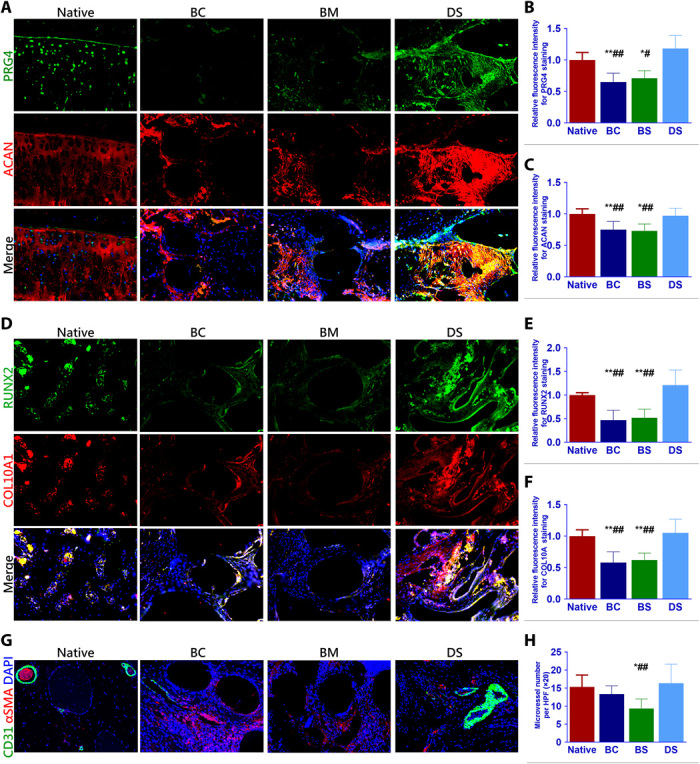Fig. 6. Dual-factor releasing and gradient-structured scaffold restored the anisotropic properties of native cartilage and better microvessel ingrowth.

(A to C) In the superficial layer, immunostaining demonstrated greater PRG4 and ACAN expression in the DS group and the native cartilage compared with other two groups. (D to F) Meanwhile, higher expression of ossification markers (RUNX2 and COL10A1) were also observed for the group with implanted dual-factor releasing and gradient-structured scaffold in deep layers. (G and H) Moreover, the DS scaffold could better promote microvessel ingrowth compared with the group with small pore sizes, indicating better nutrient supply and tissue integration with large pore sizes in the deep zone. *P < 0.05 between the native group and other groups. #P < 0.05 between the DS group and other groups. BC, biochemical stimulus; BS, biomechanical stimulus. **P < 0.01; ##P < 0.01.
